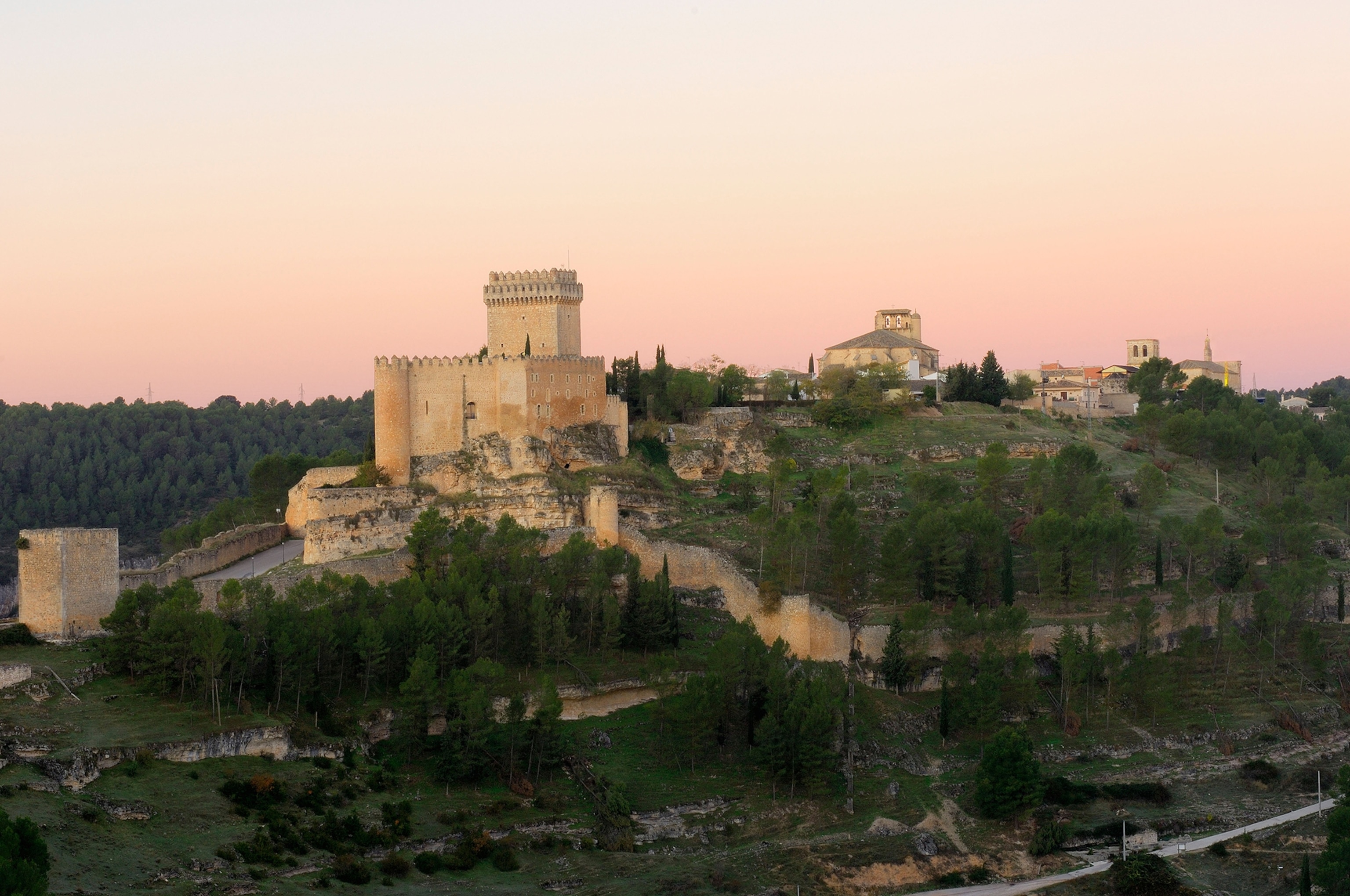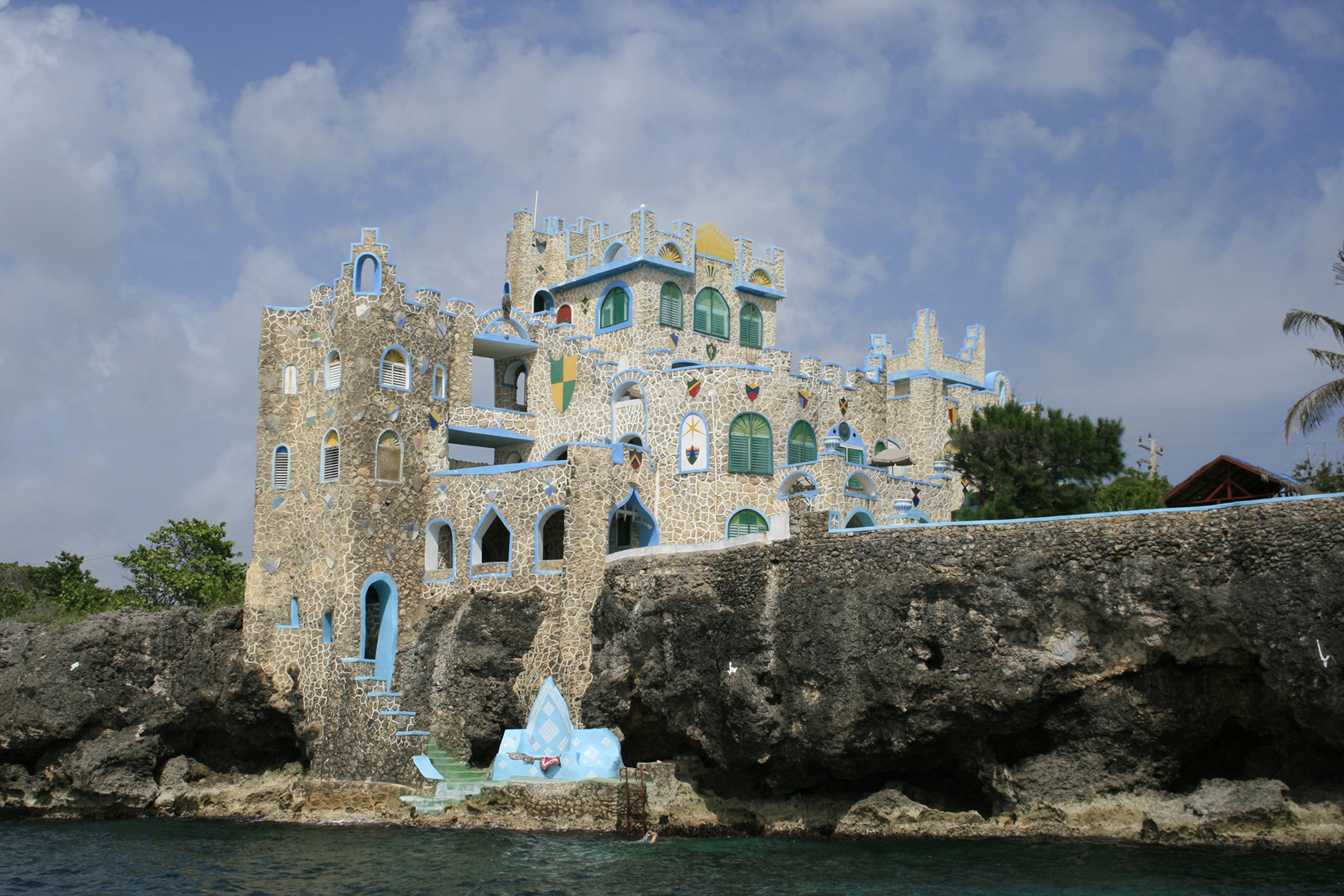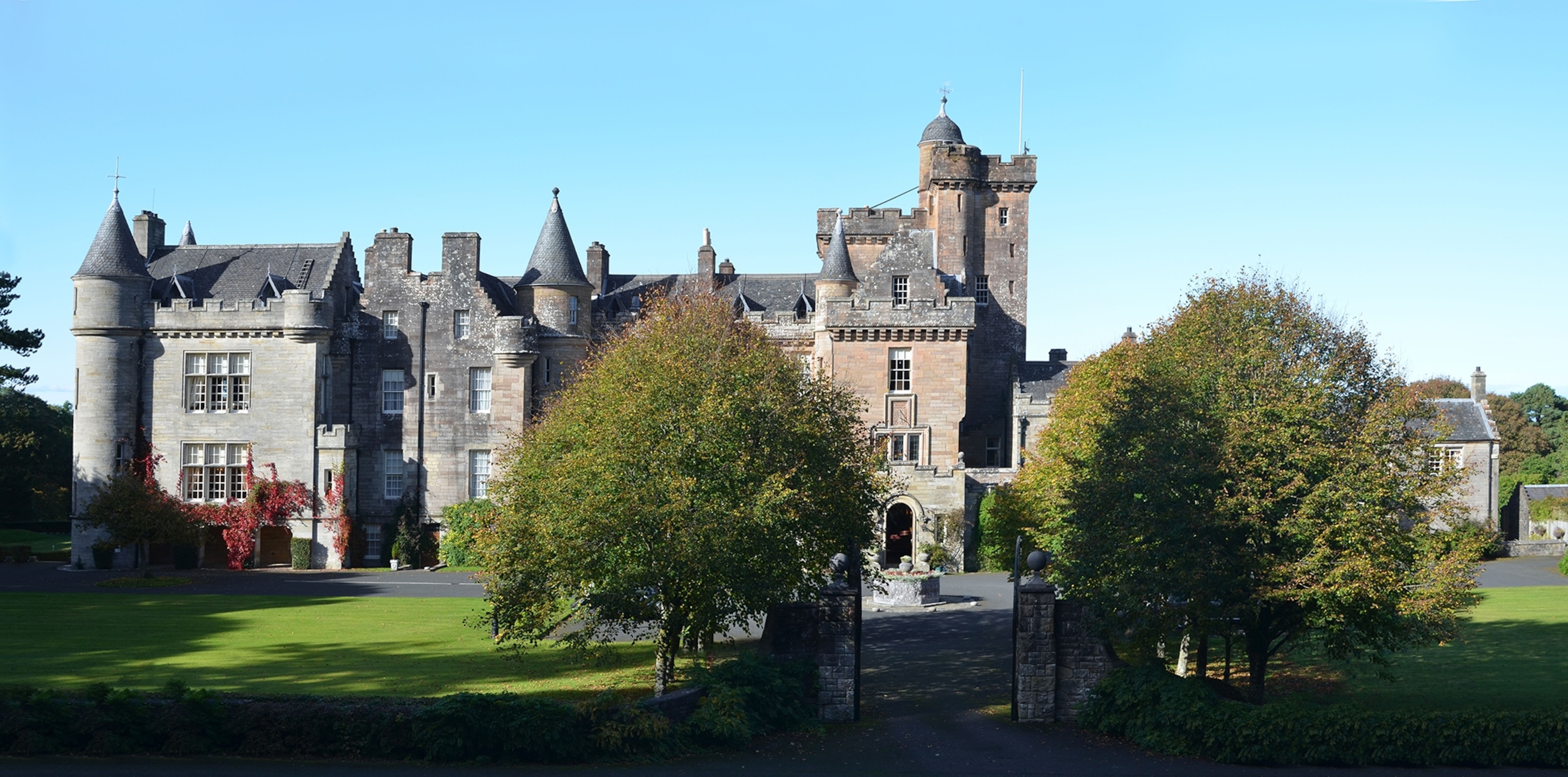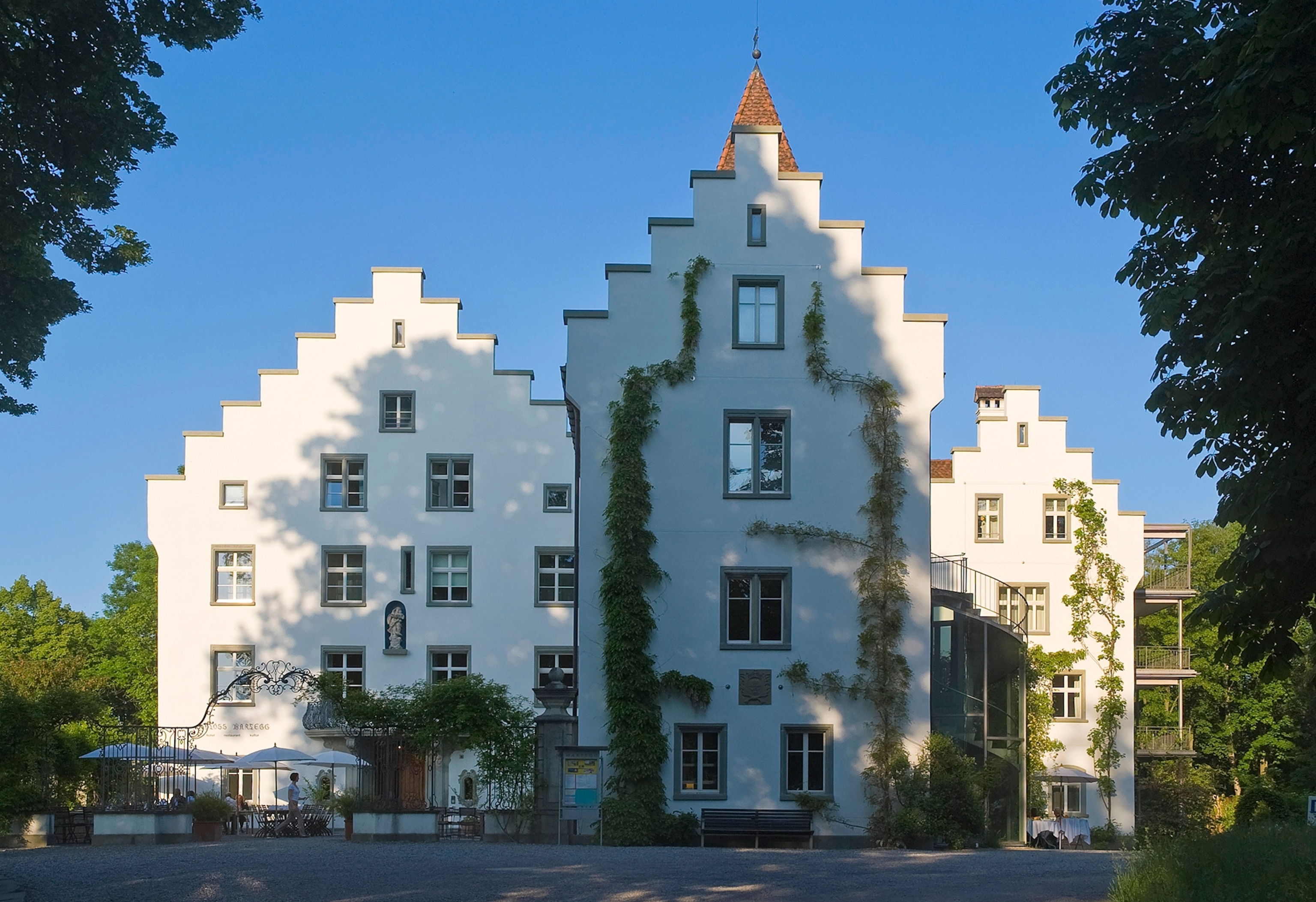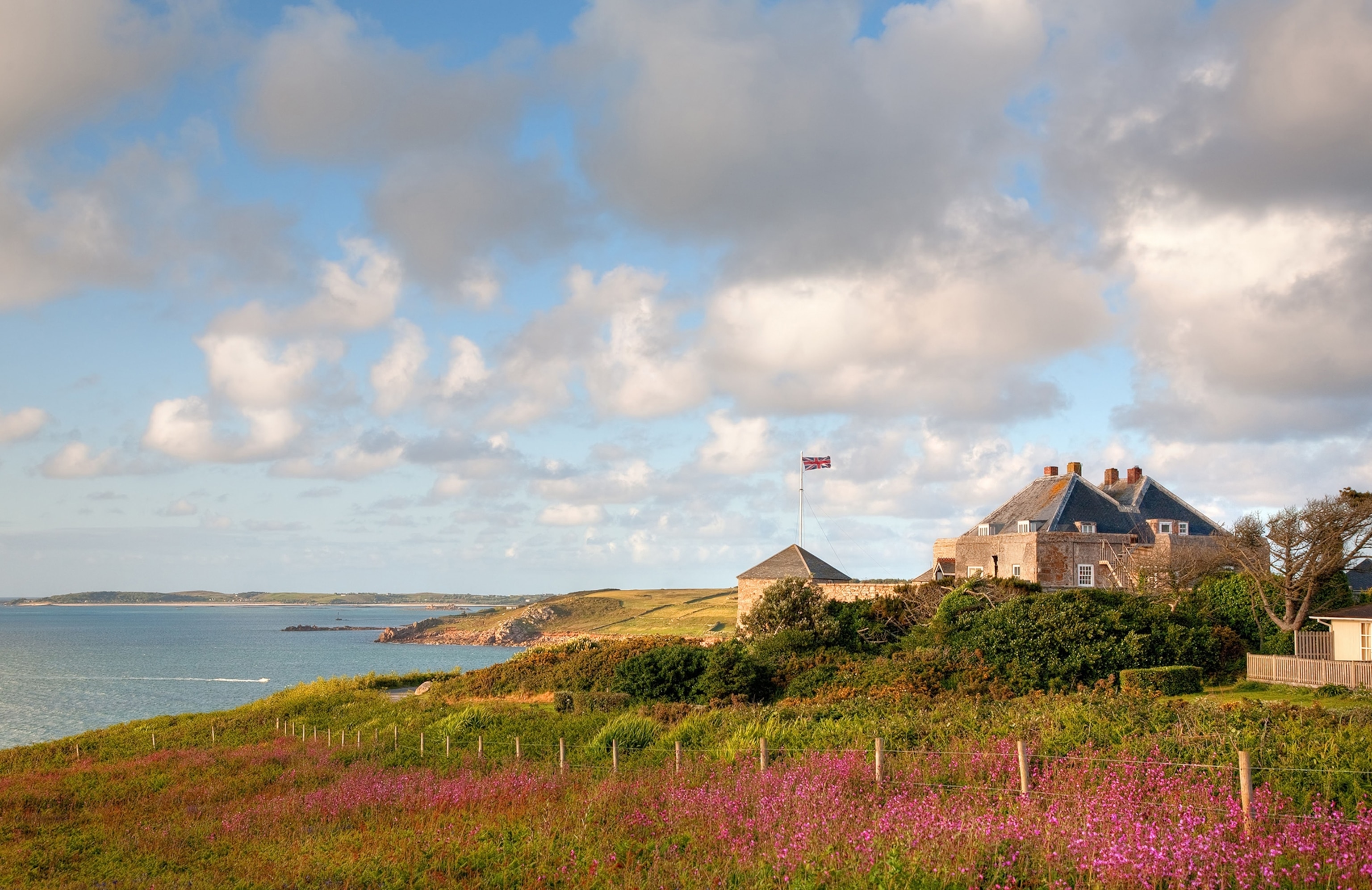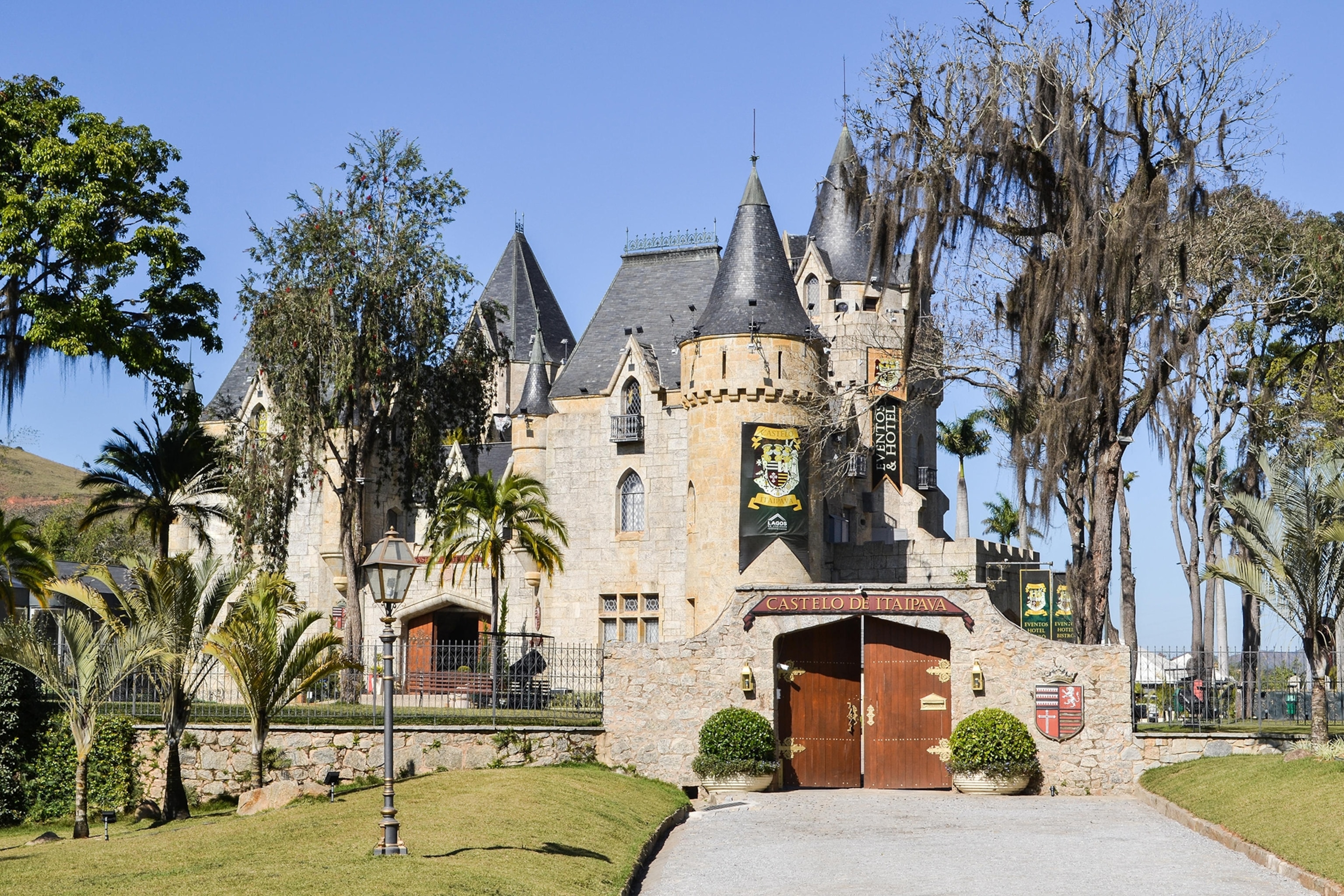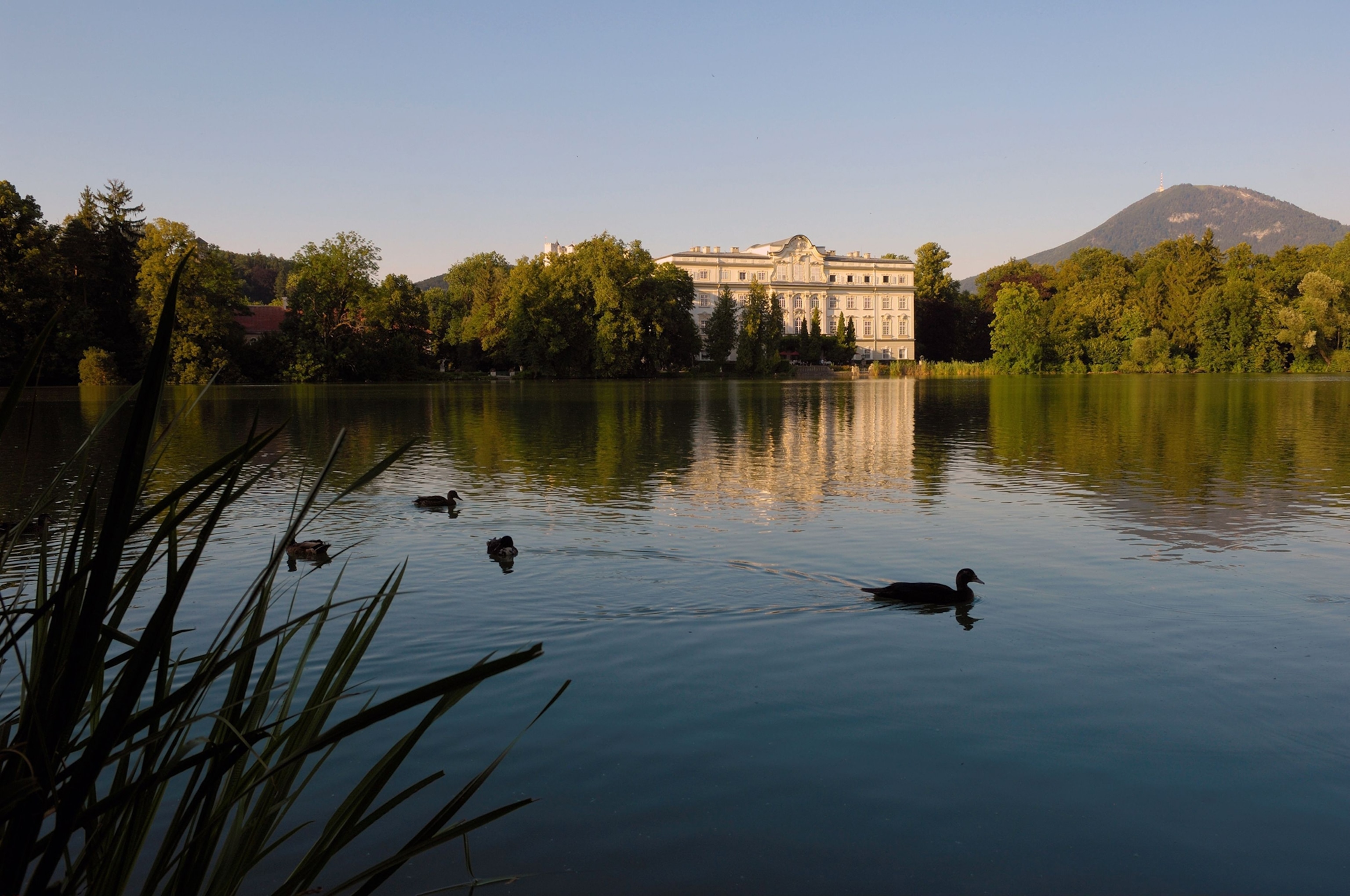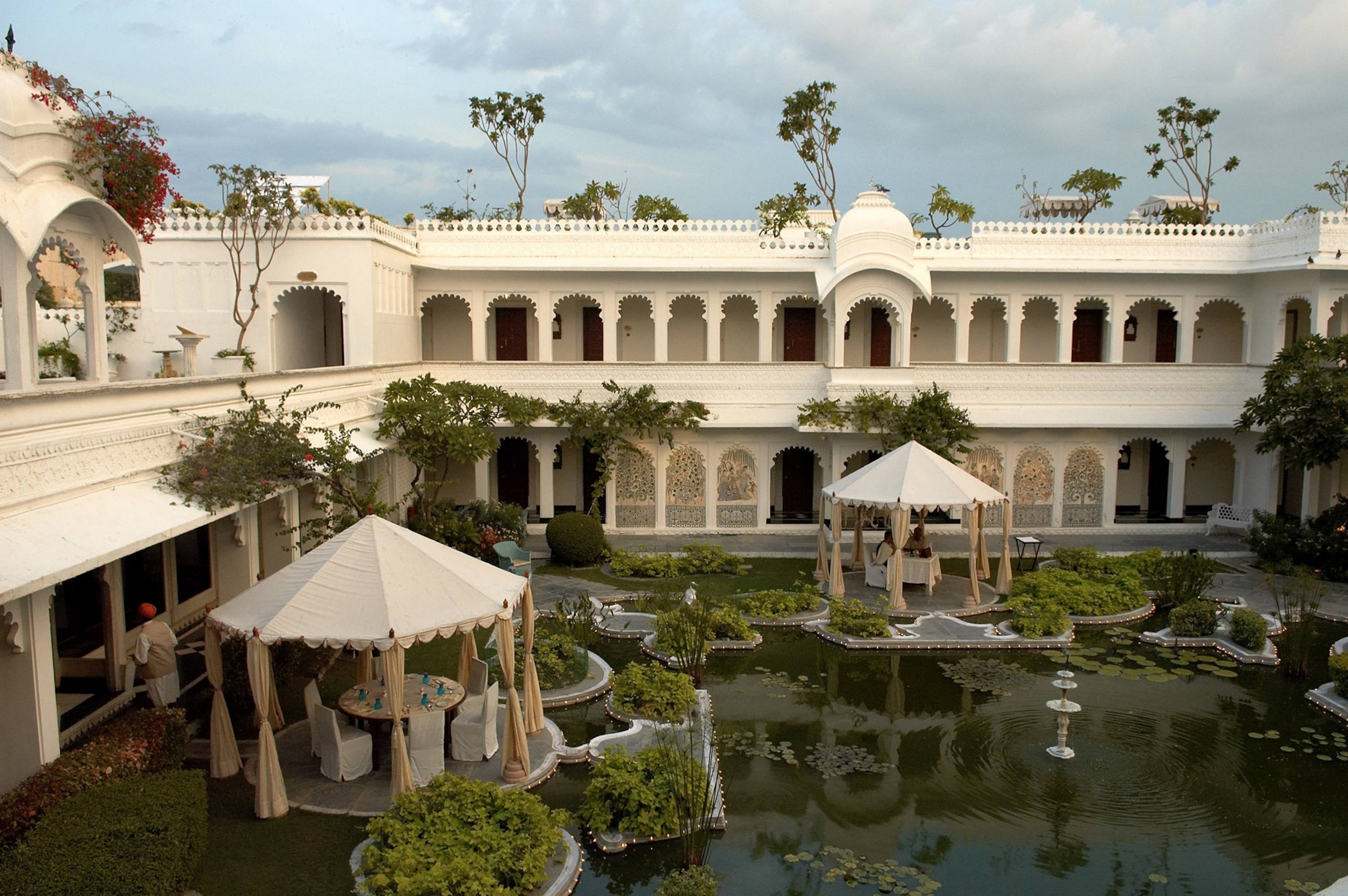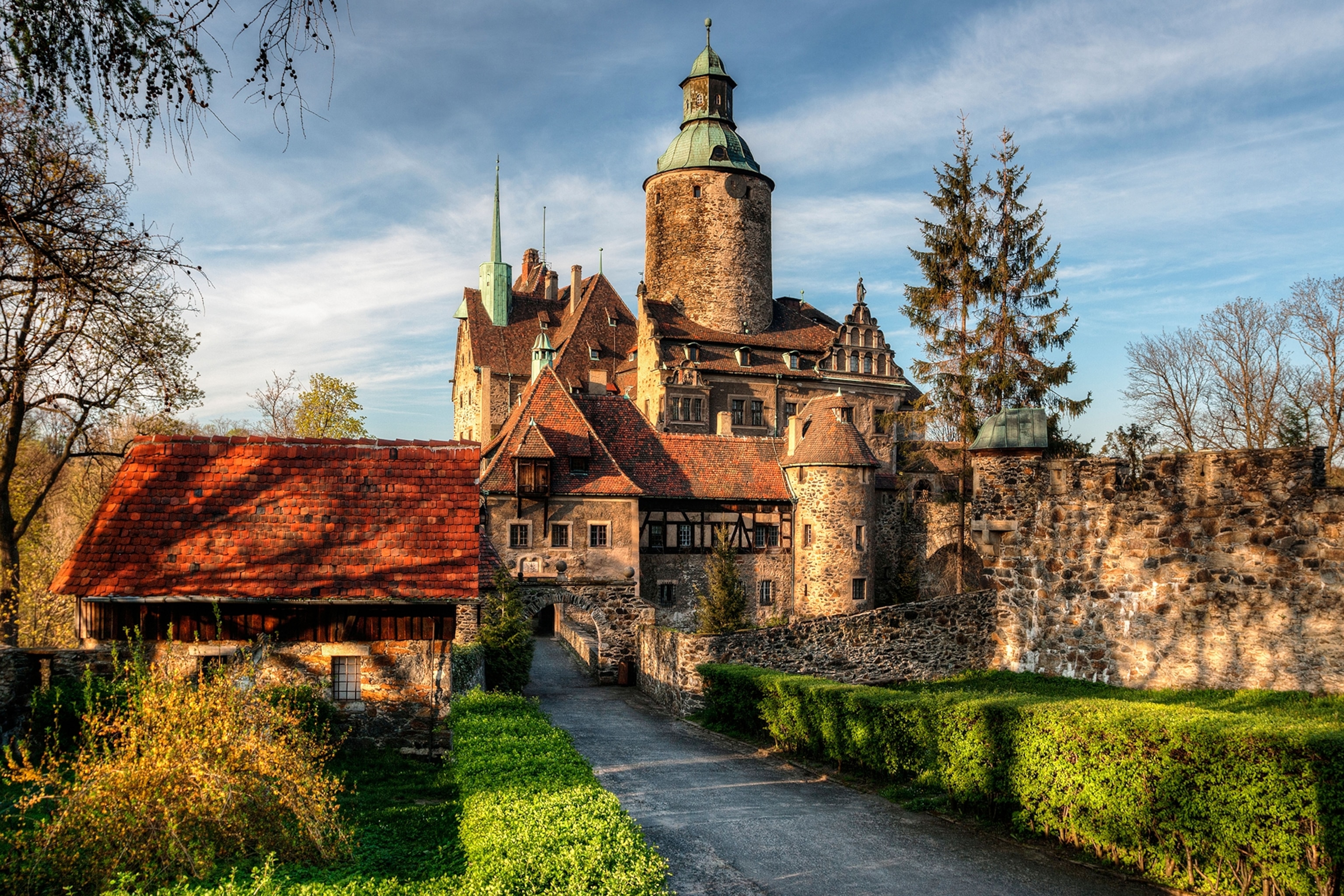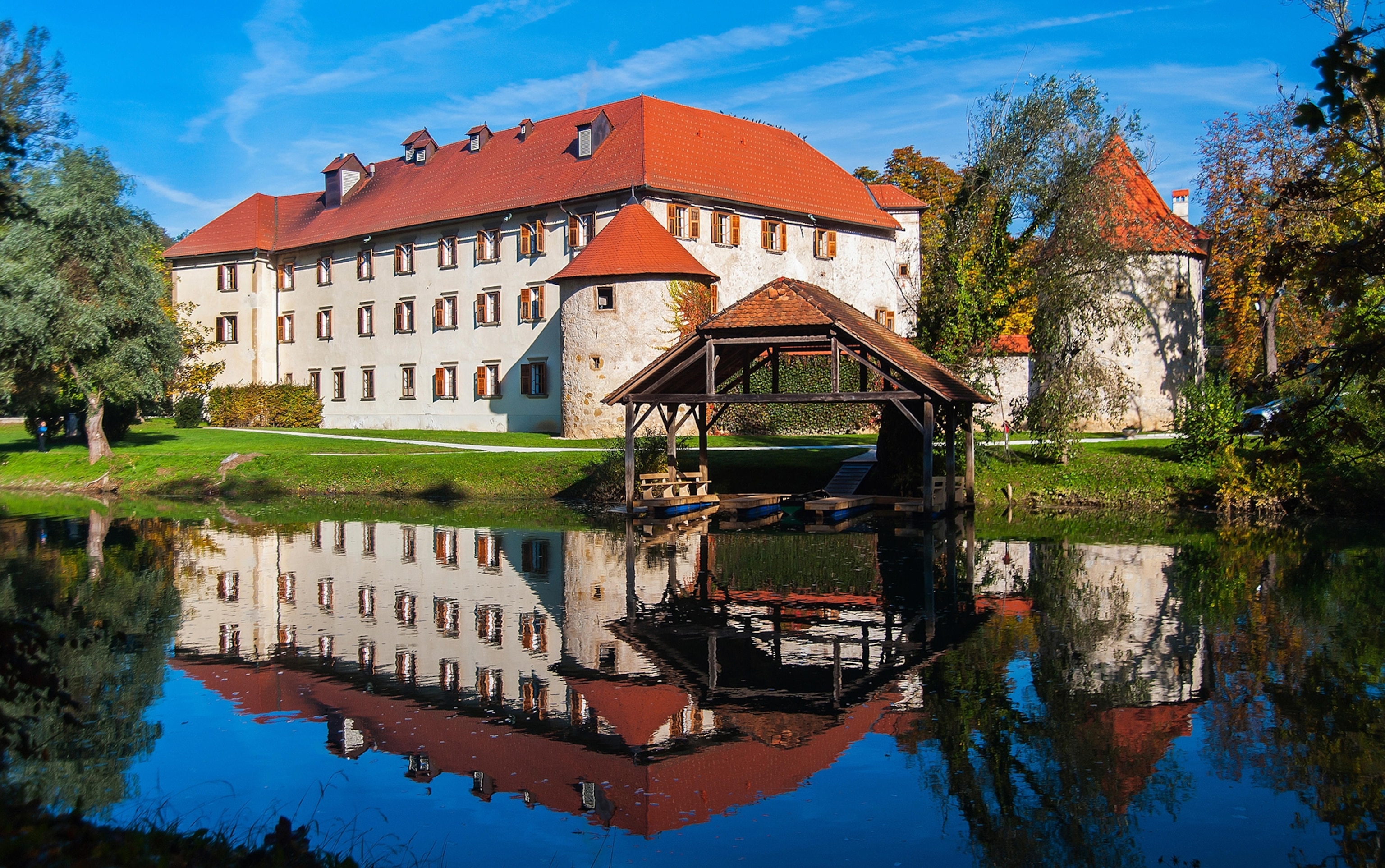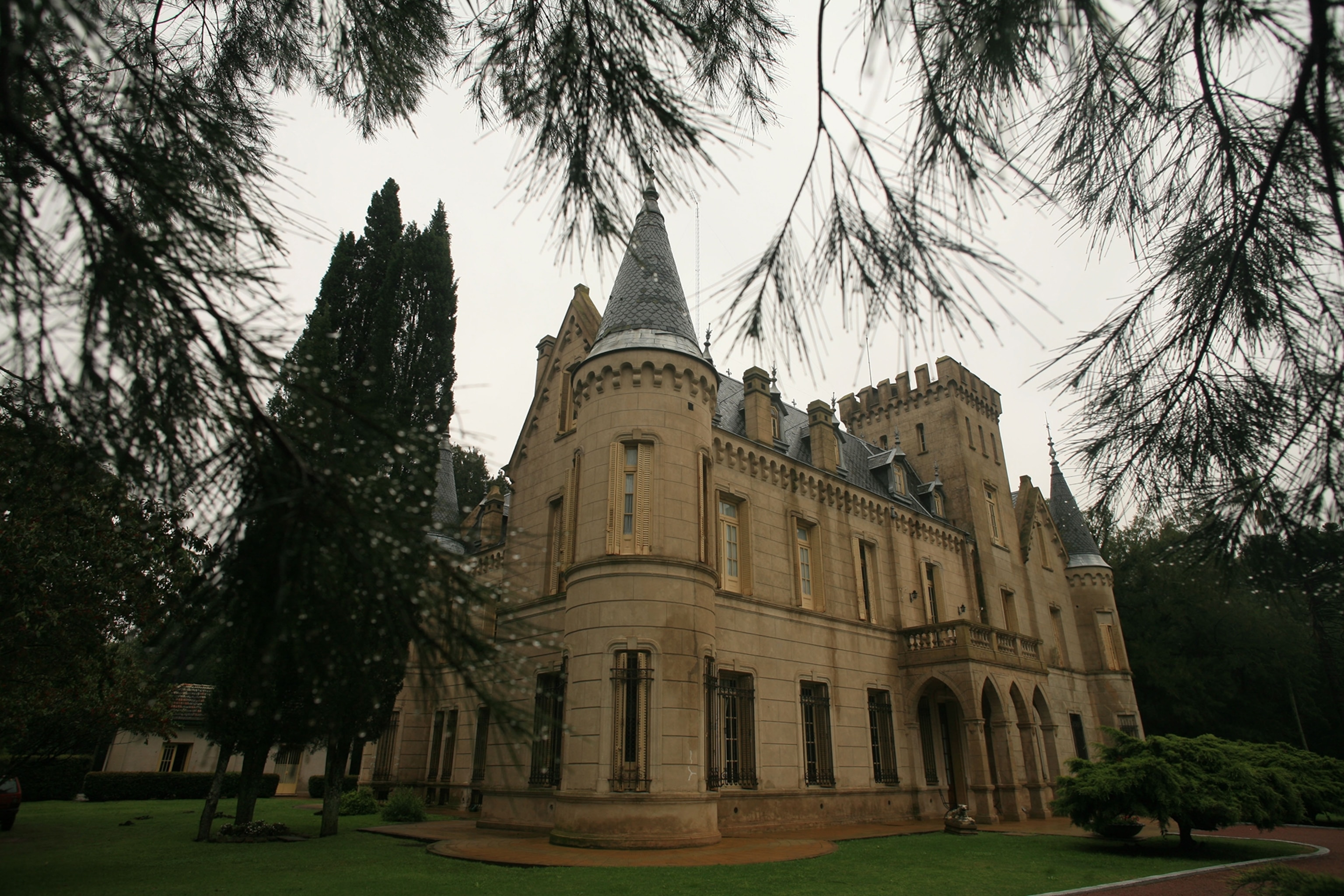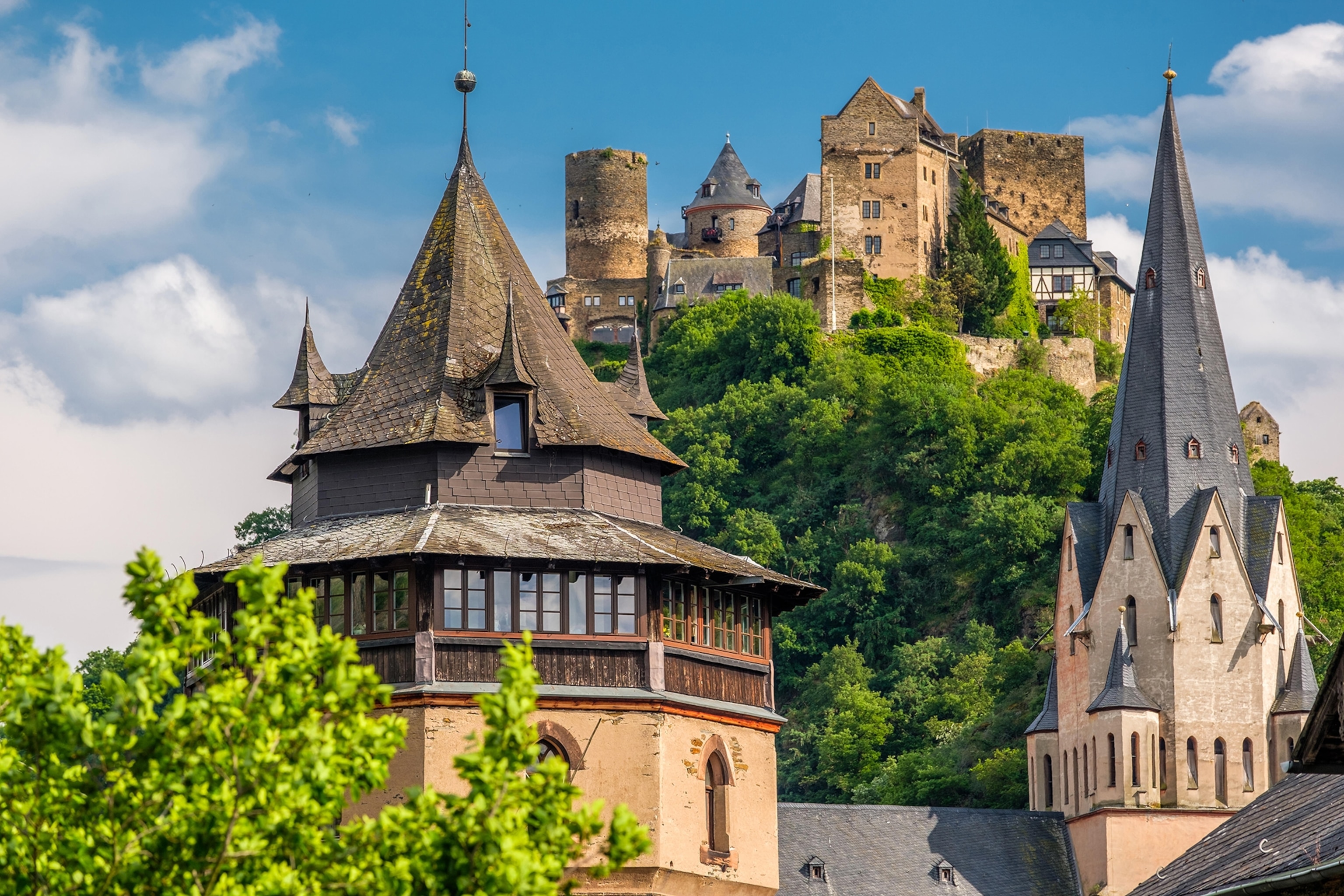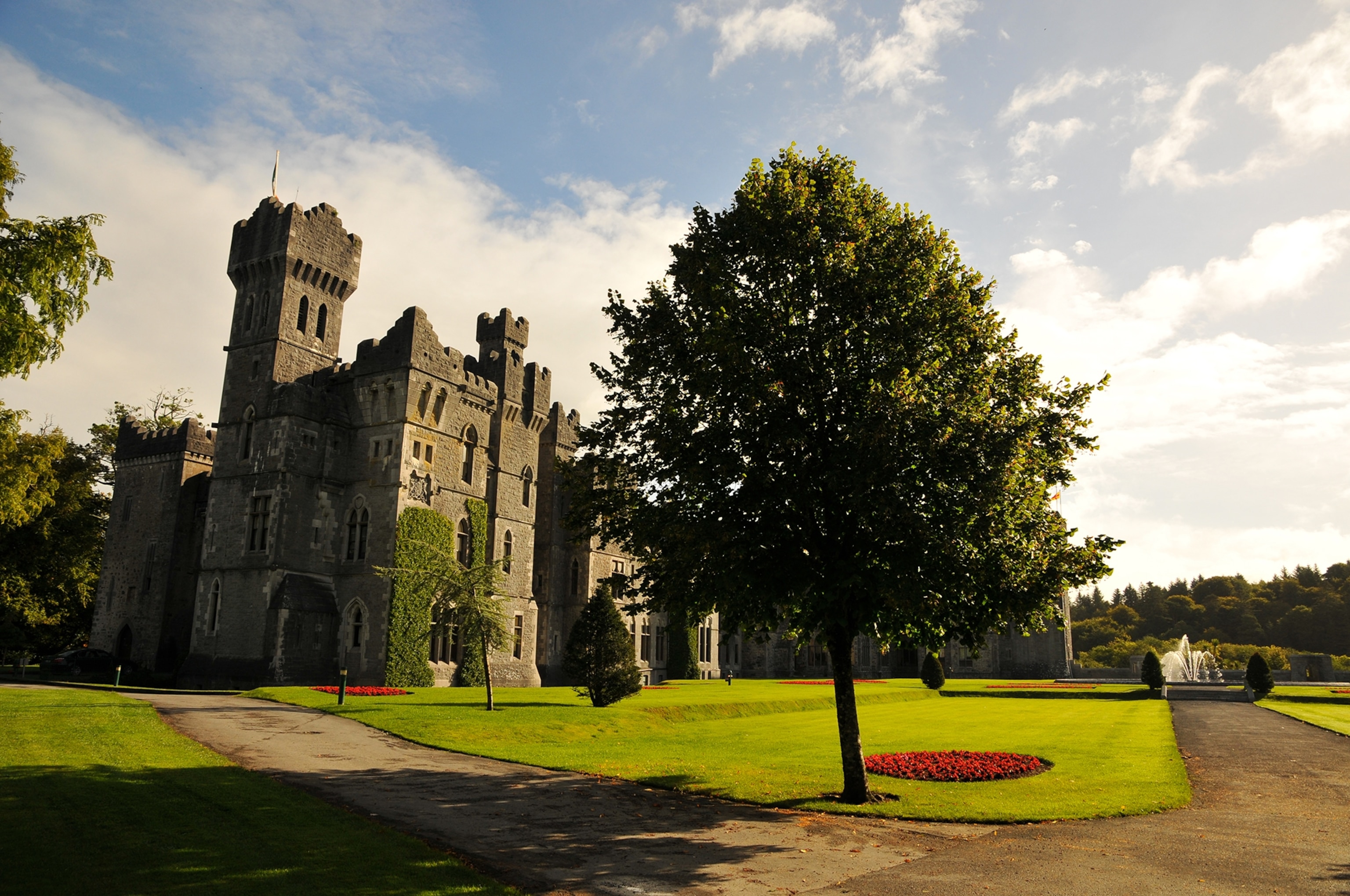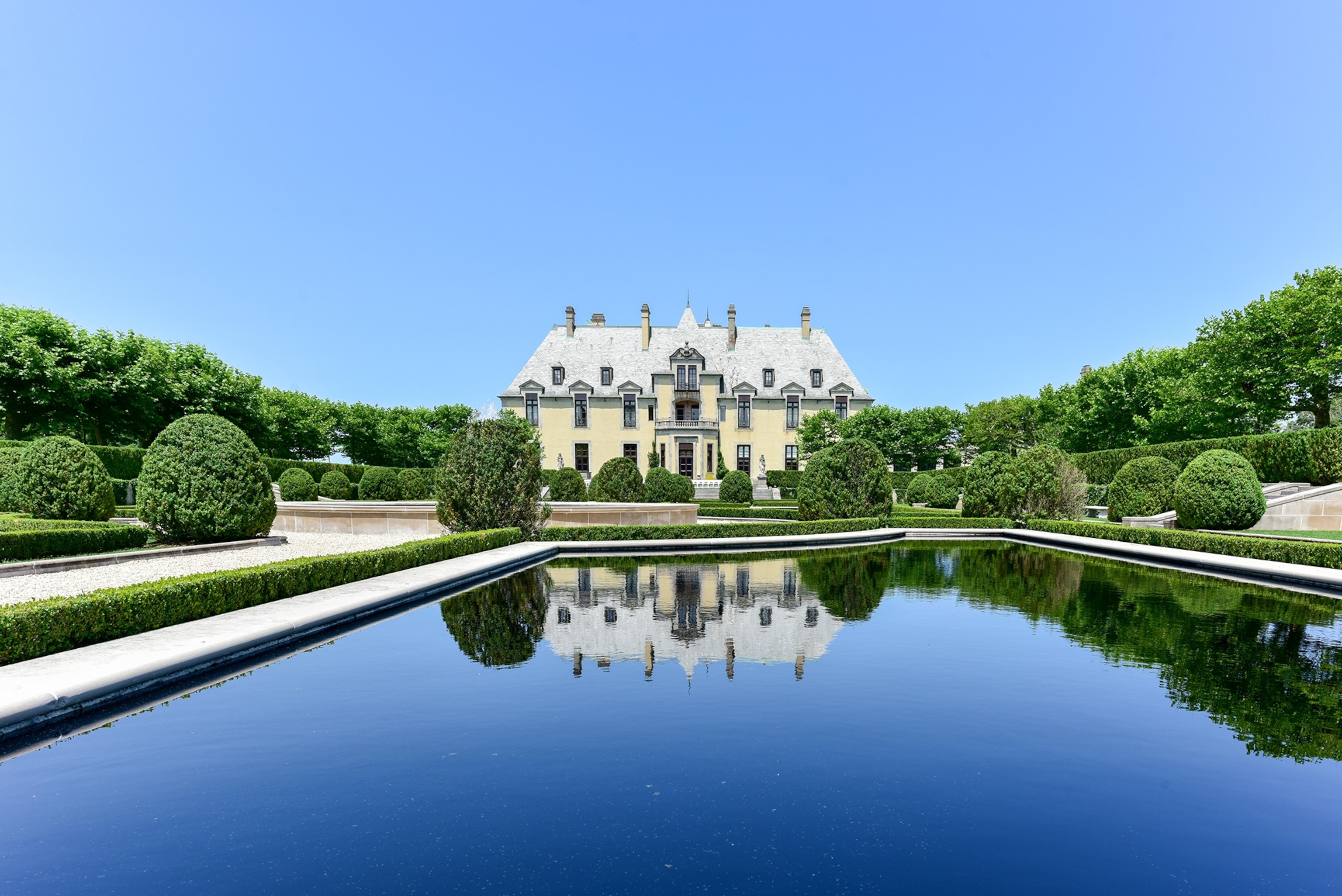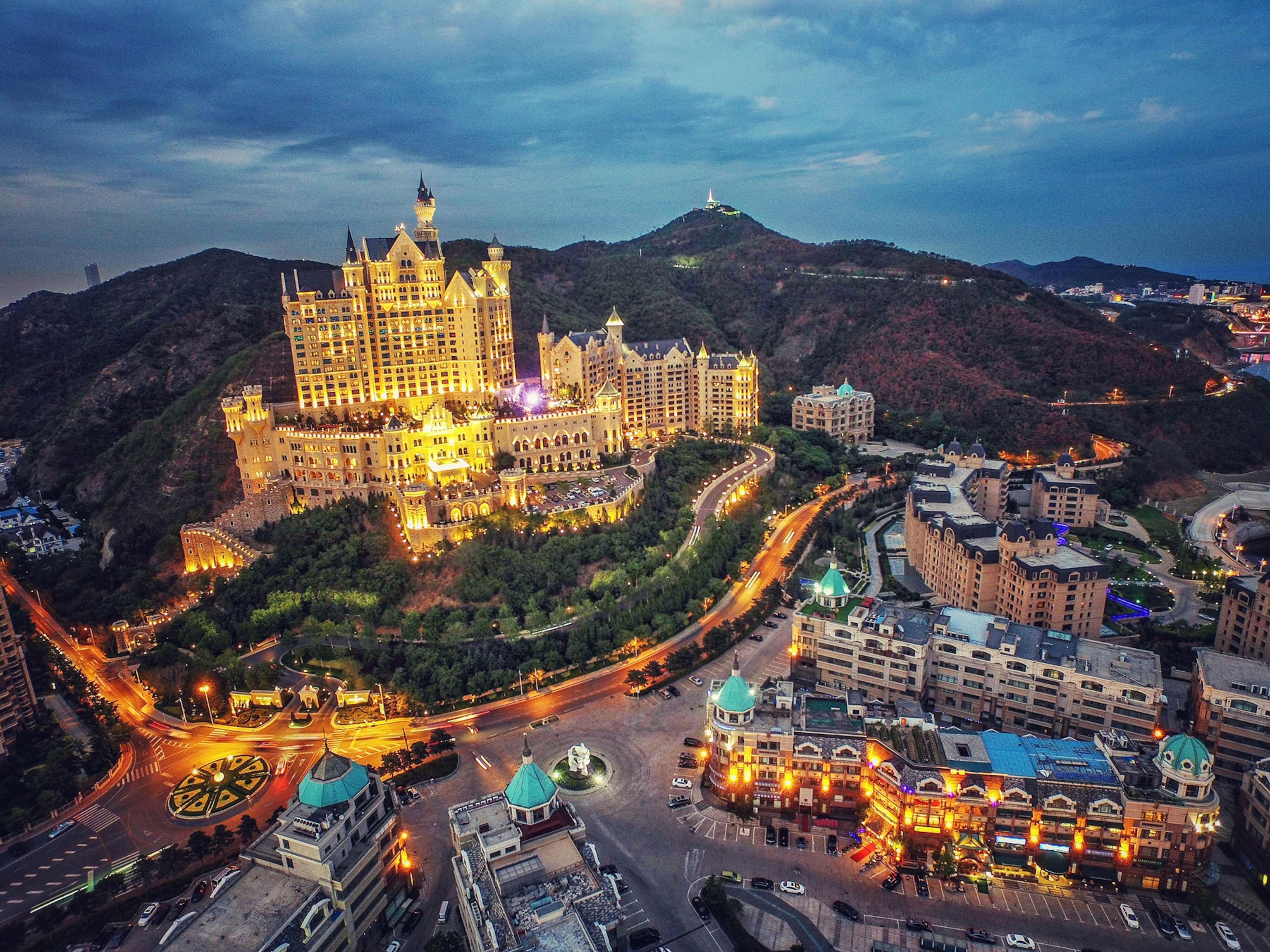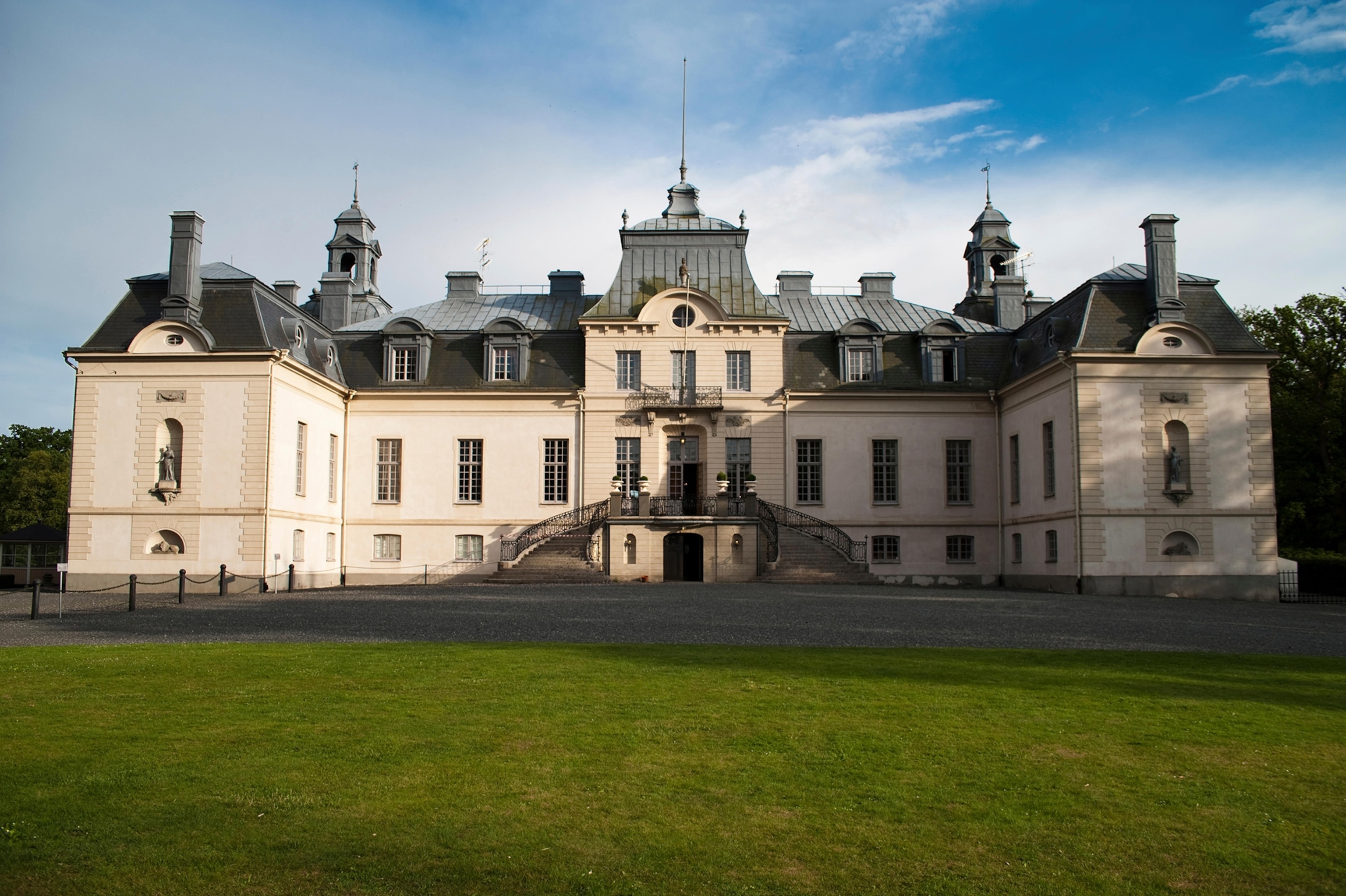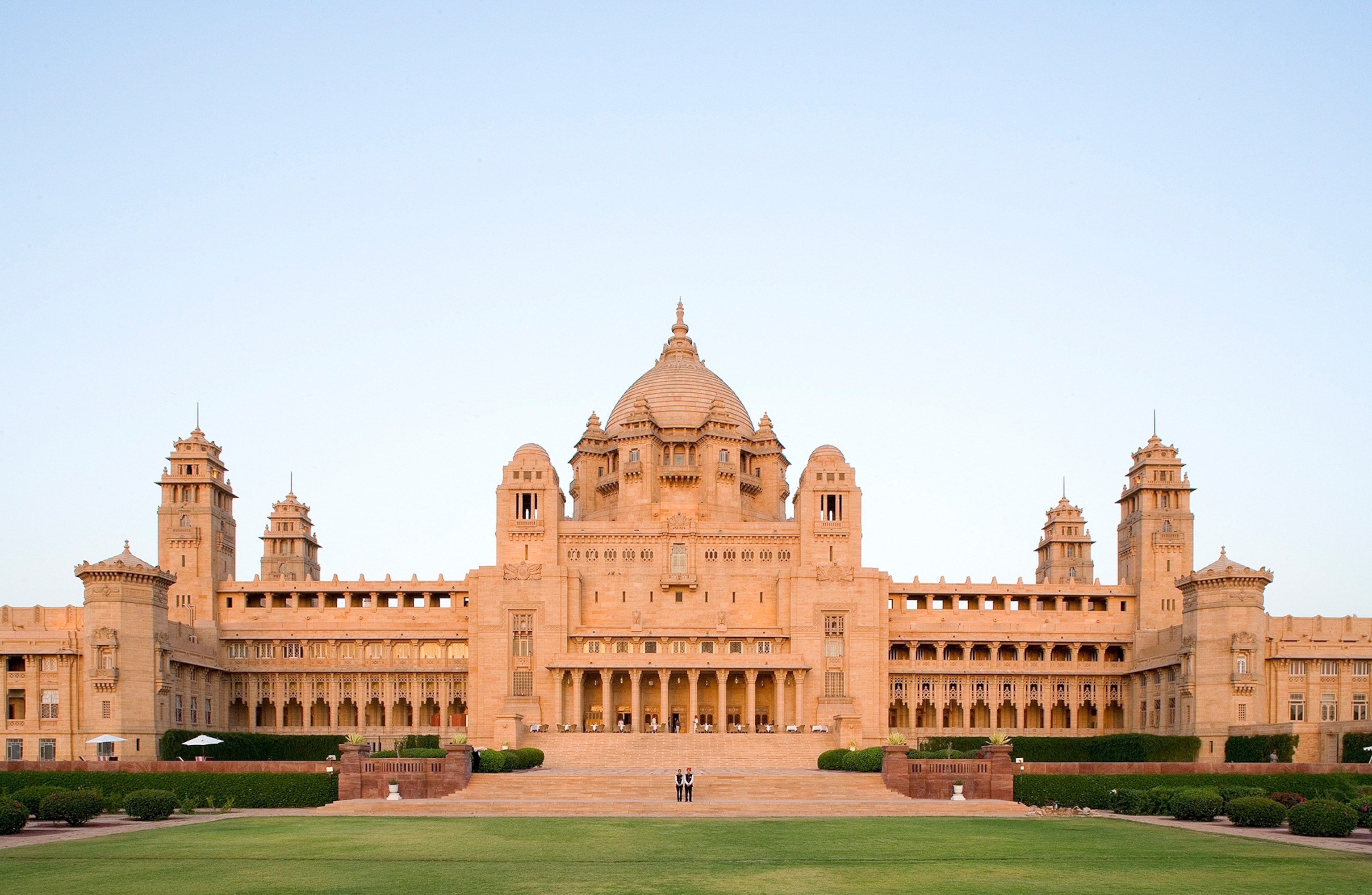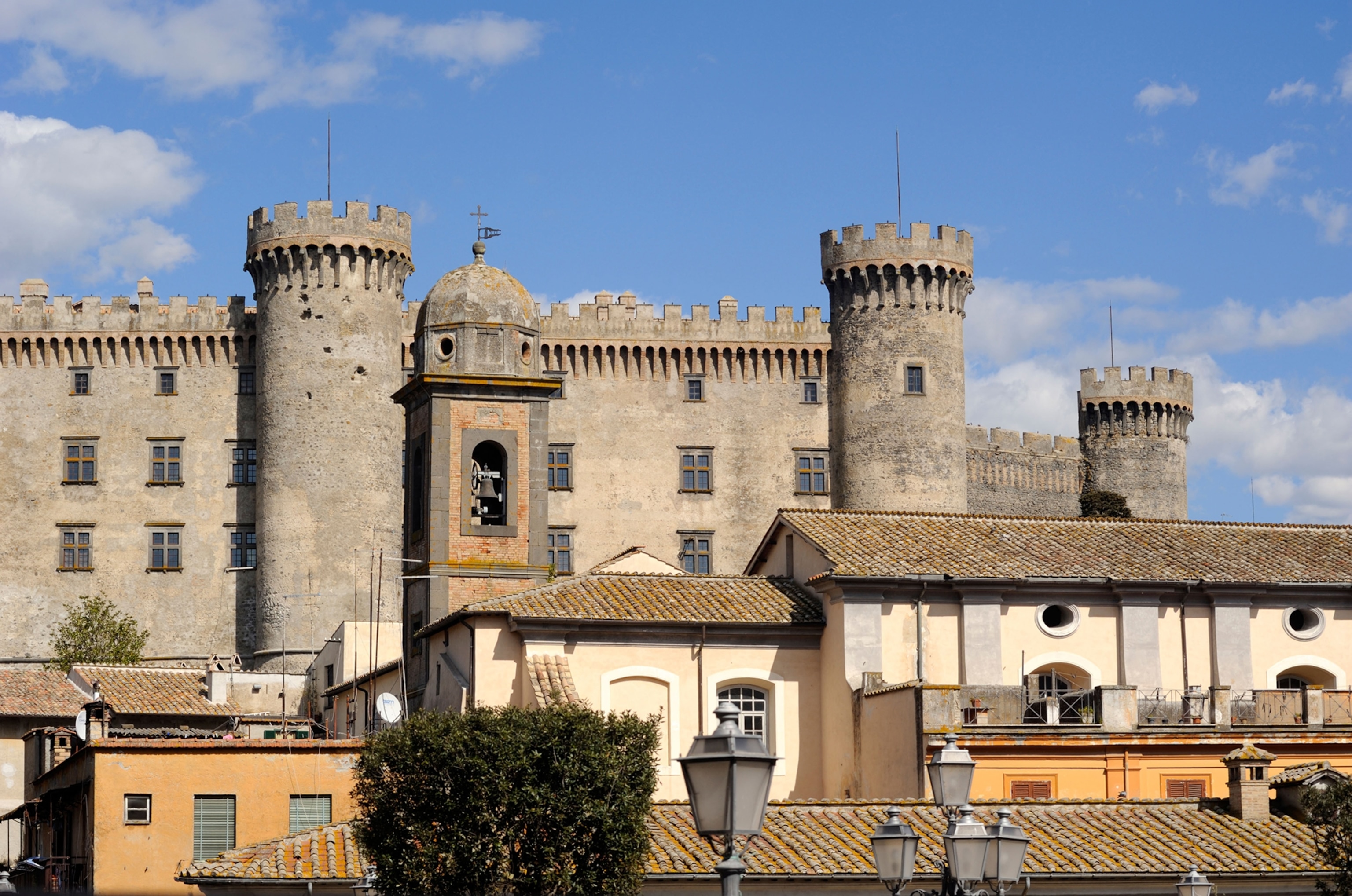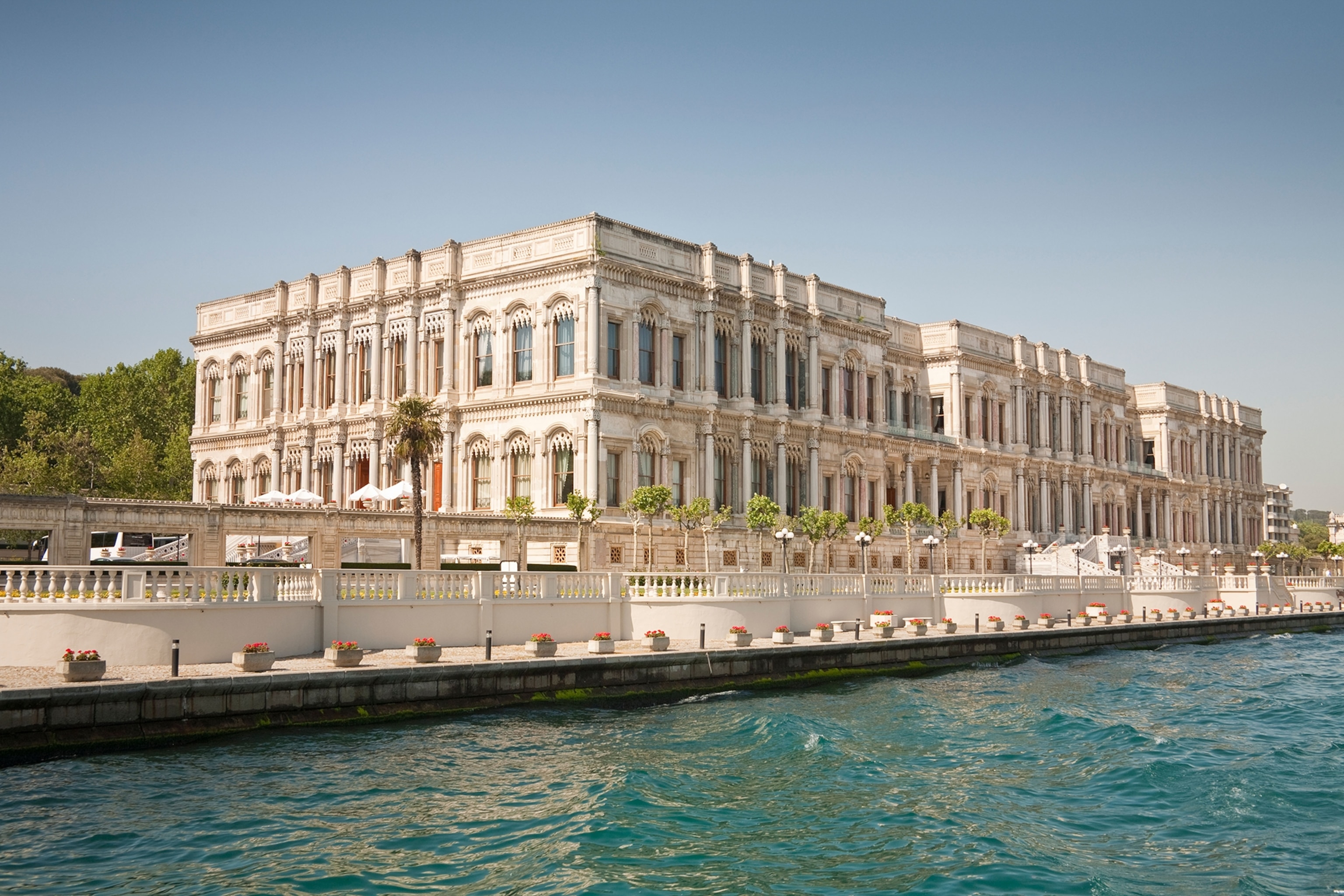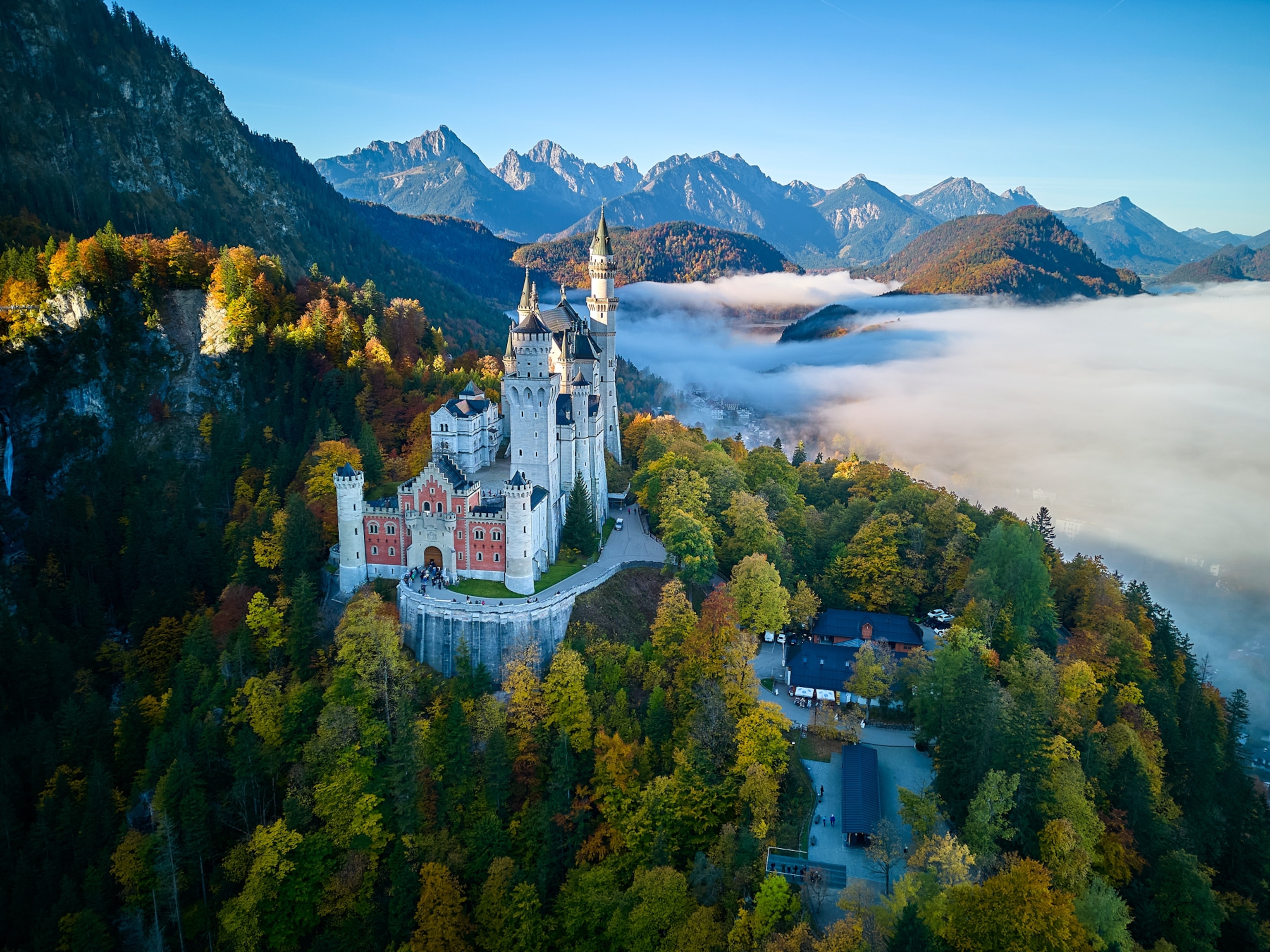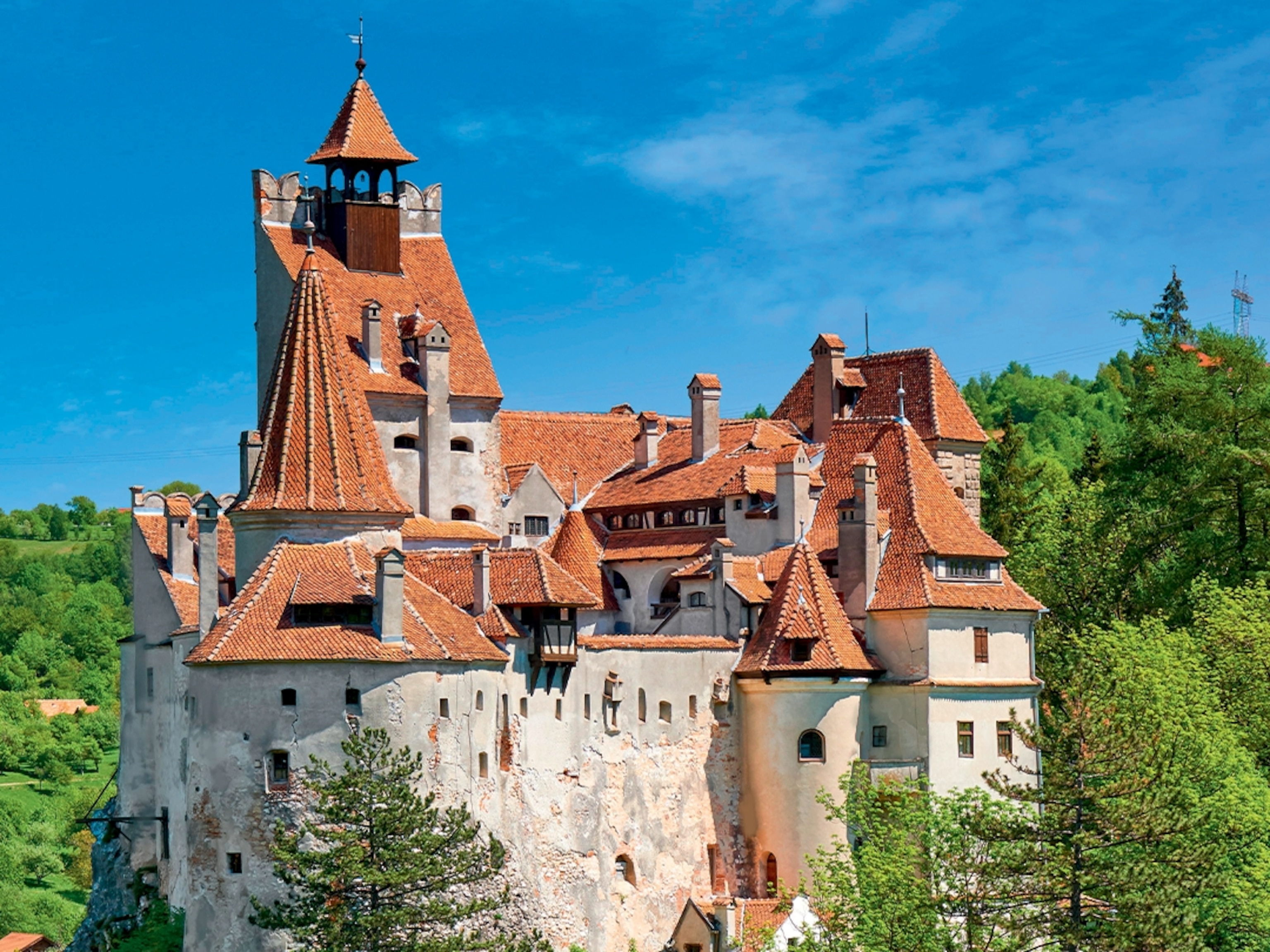
Inside the Fortress Known as 'Dracula's Castle'
Bram Stoker never traveled to Transylvania, much less Bran Castle.
Dracula slept here. Or maybe not.
Bran Castle perches dramatically on a hill in Transylvania, its burnt-orange-tiled turrets and steeples rising above a crown of trees in Romania’s Carpathian Mountains. Depending on what account you read, Vlad Tepes—aka Vlad the Impaler—may have spent a night or two in this 14th-century fortress as a prisoner, or he may have attacked it once.

Irish novelist Bram Stoker loosely based his fictional toothy vampire on this historical 15th-century prince, whose fondness for skewering enemies on stakes as a public warning earned him his nickname. Now visitors from all over the world descend on rural Transylvania for a chance to experience some of the eerie thrill of Stoker’s novel. Tour companies often book Bran Castle for Halloween parties, complete with “bloody” vodka shots and a DJ.
Yet, Stoker never visited Transylvania, much less Bran Castle. So how did it come to be known as Dracula’s?
“In the 1960s, when Romania was ruled by a communist government, its tourism czars decided it could be advantageous to market a place associated with Vlad Tepes," says local historian Nicolae Pepene. “They looked around at all of the available castles and decided that this castle at Bran, which guarded the one mountain pass running between Transylvania and Walachia, looked sufficiently Gothic.” (Bonus point: Poiana Brașov, a popular ski resort, is only eight miles away.)
On a moonless fall night, the imposing castle may look like a lair for the Prince of Darkness, but in the daylight the place actually seems more fit for a queen. Which it once was. Queen Marie of Romania called the 57-room chateâu home from 1920 to 1938. Behind thick defensive walls, the castle reveals a maze of cozy rooms, nooks, and crannies; a balconied inner courtyard with a well; and even a secret stairway to a wood-paneled library.
“Its solitude appealed to me,” the eccentric royal—a granddaughter of England’s Queen Victoria—said.
- National Geographic Expeditions
Honestly, the scariest thing here are the kitschy Vlad souvenirs on sale at the foot of the castle: fanged beer steins, gory T-shirts, and bottles of Dracula’s Blood wine.
“It doesn’t really matter that visitors to the castle have their minds full of the myth of Dracula or of tales of Queen Marie of Romania,” Pepene says. “In the end, they’ve traveled here to experience a fragment of those old times.”

